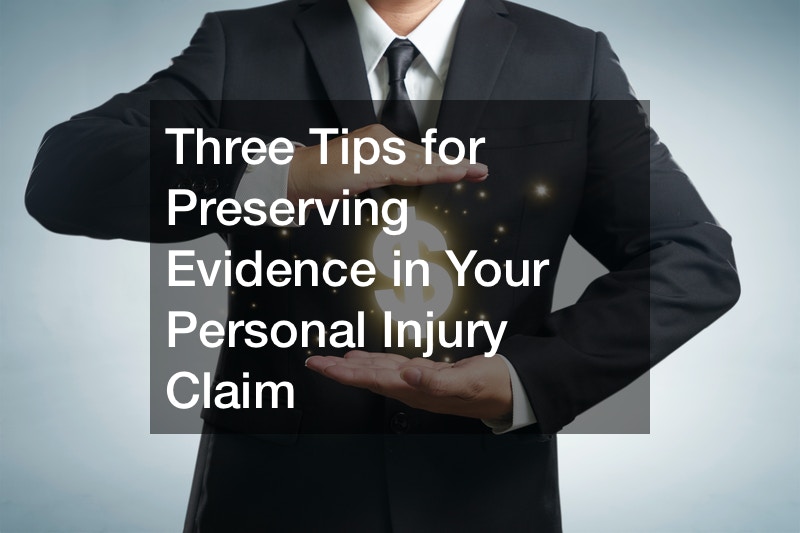
Personal injury is a jurisdiction in law that covers accidents and injuries that cause physical harm or emotional harm. Another term used to refer to personal injury law on some occasions is tort law. The purpose of personal injury law is to protect you and your property when you are caused damage or injury by someone else. Find a good personal injury lawyer to handle your compensation case when this happens. The most common issues dealt with by these lawyers are accident injury compensation and bodily injury compensation. When determining how to claim bodily injury from car accident details, consulting an attorney may be the first step.
‘Does insurance pay for pain and suffering?’ The answer is yes, but determining that is difficult due to the requirement to establish injury through medical or damage records in order to estimate personal injury costs. The trick is to notify your doctor and psychologist of every occurrence of pain and suffering and have them document them in their notes for eventual use in a pain and suffering claim. Personal injury laws apply to negligent acts that may result in harm to another individual.
The key to successful personal injury lawsuits is providing enough valuable evidence of the accident and being able to prove liability. Though many personal injury cases never even make it to the courtroom — between 95% and 96% of personal injury lawsuits are settled out of court — it’s still important to protect your case and increase your chances of getting appropriately compensated. Here are a few tips for gathering the right evidence to help your case.
1. Go Back to the Scene
The time right after an accident is the most stressful, but it’s also the most crucial for gathering evidence. Your first priority should always be to seek out medical treatment, but you should return to the scene of the accident as soon as you can. You’ll want to make sure that the scene is as close to the conditions of the accident as possible, so the sooner you get there, the better.
2. Take Quality Photographs
When you get back to the scene, one of the most important things you’re going to need to do is take pictures, but this doesn’t mean you should just snap a few with whatever device you have on hand and leave. Make sure that whatever device you’re using takes good quality photos and that you take a few pictures from different angles to make sure that you get clear pictures that accurately represent the scene.

3. Document Your Injuries
Aside from the scene of the accident, you also need to document your injuries. This means being thorough and honest during your medical evaluation after the accident and photographing your injuries as soon as you can after the accident. You should also make sure to request copies of your medical records before meeting with your lawyer or negotiating with the liable party.
Do you have any questions about or tips for preserving evidence to help your personal injury claim? Feel free to share them with us in the comments section below. For more information see this.

